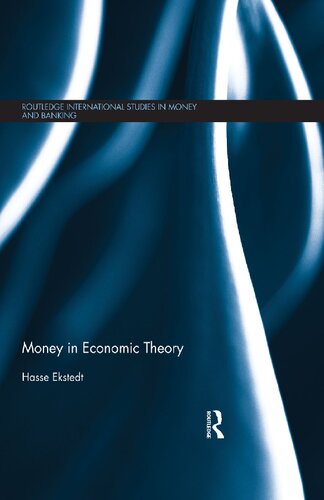

Most ebook files are in PDF format, so you can easily read them using various software such as Foxit Reader or directly on the Google Chrome browser.
Some ebook files are released by publishers in other formats such as .awz, .mobi, .epub, .fb2, etc. You may need to install specific software to read these formats on mobile/PC, such as Calibre.
Please read the tutorial at this link: https://ebookbell.com/faq
We offer FREE conversion to the popular formats you request; however, this may take some time. Therefore, right after payment, please email us, and we will try to provide the service as quickly as possible.
For some exceptional file formats or broken links (if any), please refrain from opening any disputes. Instead, email us first, and we will try to assist within a maximum of 6 hours.
EbookBell Team

4.0
26 reviewsThe financial crash of 2008 showed the fragility of the financial system. A key question which surfaced in the aftermath of the global crisis was why economists were unable to predict this crash. This new volume argues that this failure can be attributed, at least in part, to the poor and inconsistent treatment of money and monetary matters in economic theory. The book takes this problem as its starting point, and from there aims to develop a more consistent treatment of the topic.
Here, Hasse Ekstedt affirms that the treatment of money in economic theory has been inconsistent and that the topic of money can in fact be seen as anomalous. He argues that this anomaly depends on deficiencies in the economic theory, which through an equilibrium approach mainly perceives money as an index of measurement.
In contrast, this volume puts forward the case for money as a non-equilibrium concept, and that the stability of money and financial markets are to be sought in social and institutional structures. In particular, the volume discusses the relationship between the market and public bodies, as well as addressing economic and financial stability in general and in relation to the globalized economy, particularly focussing on the problem of structural stability. In doing so, the book offers a new approach both to money and to its role in economic theory.